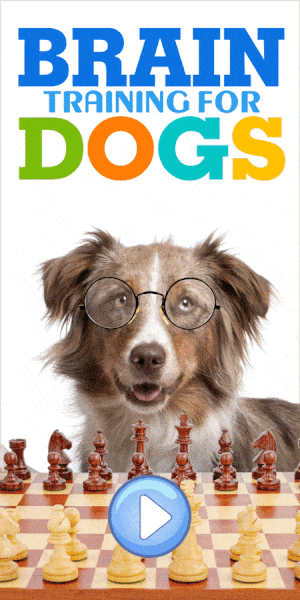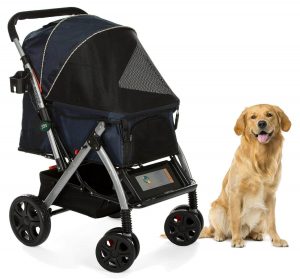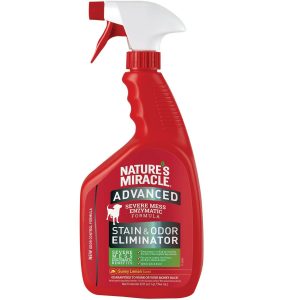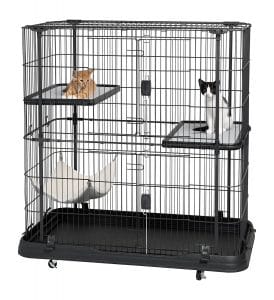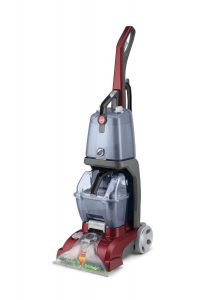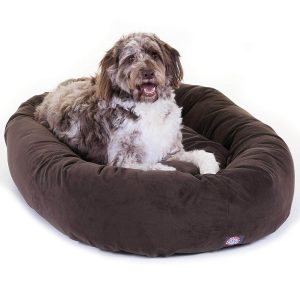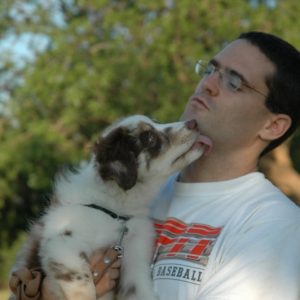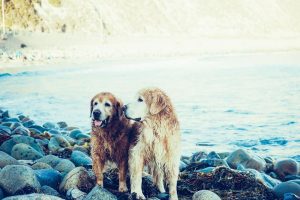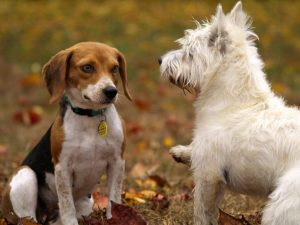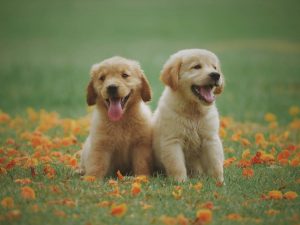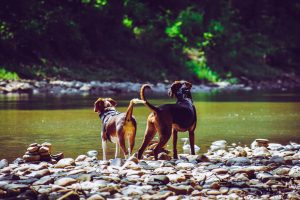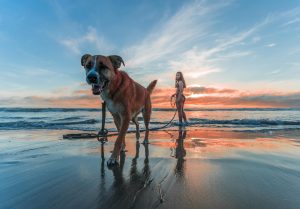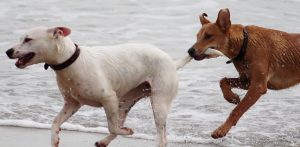
Many dog owners claim that their dog will never bite. This statement is almost always false. Every dog with teeth can bite even if he never did before. Can you honestly say that you will never hit another person? If you are honest, the answer should be no. theoretically, there could be a situation in which even the calmest human being will have to use some form of violence. The difference among individuals is the threshold of reverting to violence. Some individuals have a very low violence threshold and they explode with every little irritation and some have a very high threshold and it would take a lot to get them to revert to violence. Our dogs are the same; some dogs revert to biting easily – they have a very low threshold for irritations. Some, on the other hand, have a high threshold, and they need to feel extremely threatened before using their mouths. Remember, there is never 100% in behavior. You can never say that a dog always bites or that a dog never bites.
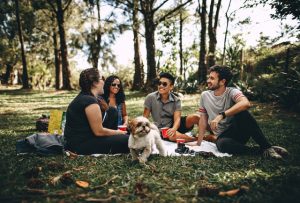
The first thing we need to work on is the control over bite strength. Puppy play is one way bite strength is learned. While playing with littermates, a puppy that bites too hard will be answered by a yelp of the other puppy and a cessation of the play session (the other puppy will leave). Over time, this teaches the puppy to control the strength of his bite. Owners should do the same. While playing with your puppy yelp in pain (yell ouch) and leave the room for about 30 seconds every time the puppy is biting you too hard. Gradually, you can increase the requirements from your pup: start yelling and leaving even when the bite is weaker. Your job is to teach the puppy that human skin is the tenderest organ on the face of the earth and that biting human skin results in the end of fun and play.
When the puppy is very careful with his mouth but still tends to use it on human skin from time to time, start working on inhibiting the bite. Now, no contact between teeth and skin is allowed. The second the puppy’s teeth touch the skin, yelp and go away. Sometimes, your puppy will be rather stubborn and will follow you when you leave trying to keep playing. In this case, you can remove the puppy from the room. This is called a “time out” – the puppy’s needs is the social play – the second he mouths you, the social play ends and he finds himself alone for 30 seconds.
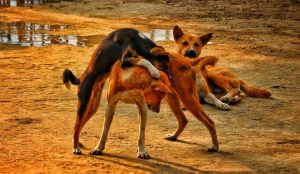
Step by Step:
- Start this exercise when your puppy is relatively calm.
- Pet the puppy and initiate a gentle game. (most puppies will start opening their mouths and start nibbling on your hand)
- When you feel the teeth hurting your skin, yelp loudly and immediately move away from the puppy ignoring him.
- Spend for 15-30 seconds ignoring your puppy – do not say anything and do not make eye contact.
- Go back to your puppy and start playing gently again.
- Repeat steps 2-4 many times and gradually yelp and move away with gentler biting.
- Do this exercise for five minutes at a time. After the training session ends, pet your puppy, give him some treats, and continue your daily routine.
- Make sure this exercise is being done by everyone in the household (except babies and children). Try to enlist friends to this exercise routine so the puppy learns to generalize the concept of bite inhibition.
- If your children are up for this exercise, let them try it while supervising and directing the exercise. If your children are too little and cannot understand the concept of this exercise – avoid letting them try it.
Caution: Children and babies should never be left alone with a dog or a puppy.

